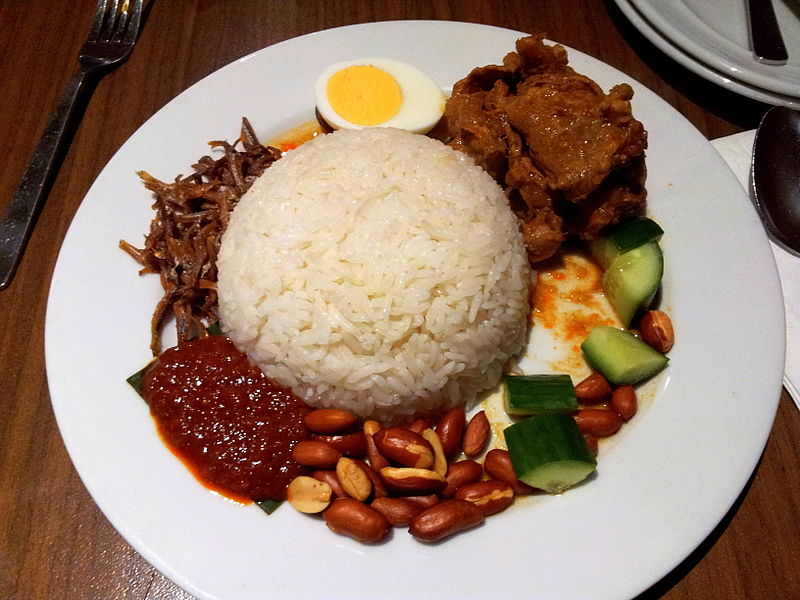KUALA LUMPUR, May 30 ― A Singaporean study has found that anchovies are rich in calcium, but the trend of supermarkets and high-end restaurants cleaning the ikan bilis, as they are called in Malay, drastically reduces its nutritional value.
Researchers from the Singapore Institute of Clinical Sciences (SICS) said that whole ikan bilis found at hawker stalls, like nasi lemak vendors, are healthier than the “cleaned” anchovies ― where the head and bones are removed ― sold at supermarkets and upscale eateries.
“The increasing popular method of eating anchovies in a cleaned, eviscerated form resulted in a dramatic reduction in the micronutrient levels,” said the study titled “Mineral decline due to modernisation of food habits” headed by Professor Christiani Jeyakumar Henry, director of the Clinical Nutrition Research Centre of SICS.
The research study, which was conducted in Singapore and published on May 20 in Elsevier’s Food Chemistry Journal, found that whole anchovies with the head, organs and bones intact, are richer in nutrients such as calcium, zinc, magnesium, phosphorus, copper and iron, compared to cleaned anchovies without those parts.
“It is found that the consumption of the cleaned body resulted in a significant reduction in calcium (8-fold difference), iron (2-fold difference) and zinc (1.5-fold difference) compared to the whole anchovy.
“These results suggested that the modernised anchovy consumption pattern leads to a large decline of micronutrients intake compared to the traditional eating habits of consuming the whole fish,” the study concluded.
The researchers also warned the public, especially Asians, to be more cautious in modernising dietary habits as even minor changes might lead to a reduced intake of nutrients.
“Given the limited dietary sources of calcium and other micronutrients in the Asian region, this further reinforces the need for caution when we modernise our traditional eating habits,” said the study by Henry, Xinyan Bi, Joseph Lim and Evelyn Lau.
Henry said his team decided to conduct the research on ikan bilis as the small saltwater fish has been an integral part of the Southeast Asian diet, especially among lower income groups, as a source of calcium and protein.
“We in this region consume around 15 to 20mg of ikan bilis per day. It is a large part of our cuisine and can be found in many forms, hence why I was interested in pursuing this topic,” Henry told Malay Mail Online yesterday.
He also said the “clean” ikan bilis is usually found in higher-end eateries and supermarkets, whereas the whole anchovy intact with the head and bones is generally more common in hawker food.
“The cleaning of ikan bilis are modernised methods [that] are commonly found in places like supermarkets where people have become so particular about cleanliness, but they forget that back then, nobody cleans ikan bilis.
“People should continue to eat ikan bilis heads. It is good for them. They should realise by cleaning it, they are losing out a lot of macronutrients," Henry said.
Ikan bilis is among the main condiments for nasi lemak, one of Malaysia’s most popular dishes. Anchovies are also eaten deep-fried as snacks.



















